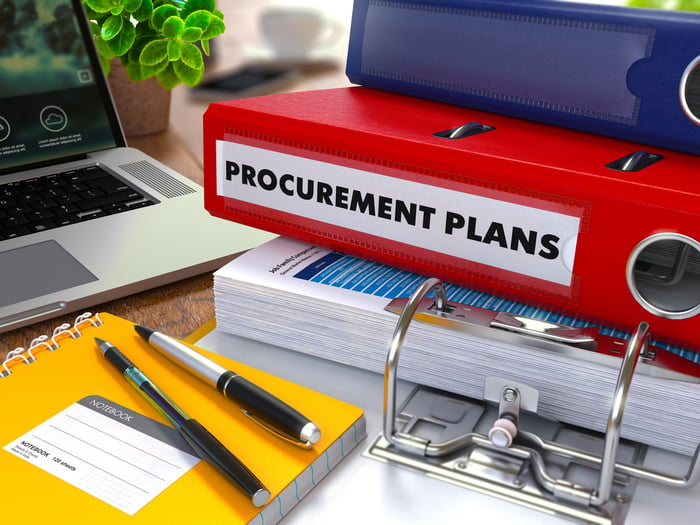
With the disruptions in supply chains all over the world making headlines in mainstream news channels, it’s a good time to revisit some basics on Supply Chain Planning (SPC) given that we now see a lot of businesses being forced to devote a lot more attention to this critical skill area than they may have before – because they did not have to.
With their normally satisfied customers being inconvenienced and competitors filling the gaps for them, learning to better understand where your products are coming from and how to master the various elements that go into making it work smoothly can no longer be taken for granted.
Supply Chain Basics
Keeping it simple, digging into, evaluating and planning your Supply Chain plans should be broken into a THREE core processes:

- Sales & Operations Planning – is the process that leads to creating a single production plan (or sales plan) that incorporates all the relevant parts of the business including manufacturing (own or vendor-owned), marketing, procurement and non-manufacturing operations (logistics, customer service, etc.). A smaller business might have 2 or more of these processes under one manager, but they still need their own attention.
- Materials (Enterprise) Requirements Planning – is the process used to plan the acquisition of raw materials, parts and components or even finished products that come out of the production planning. An own-Brand clothing retailer, for example, won’t necessarily be involved planning the acquisition of cotton and wool used by its manufacturers, but might be tracking the sources and prices of those commodity for its pricing processes. An equipment manufacturer, on the other hand, will need to closely monitor (for example) the price of steel and other metals and be able to create a reliable prediction based on their ability to acquire the quantities needed for it.
- Production Planning – is the process that will be more familiar to the smaller or newer businesses who may have avoided needing fluency on supply chain management before. A typical retailer selling other Brand’s products will be focused on the quantities available, variations (sizes, colors, packages/kits) which translates into SKUs and will be required reading for everyone in the marketing and operations teams to plan the space allocations, marketing plans and sales forecasts, all of which will also depend on the timing of the items availability.
Plus One – and for the pure manufacturers, a fourth process known as “Advanced Planning and Scheduling” is used to try to optimize the various inputs into the manufacturing process like labor, capacity and materials but as a more refined approach incorporating timing to better match supply with demand. This is more critical for those for whom just-in-time and other lean approaches are a core driver of their business.
As you might expect, each of these processes have their own cottage industries supporting them with software tools that enable users to better manage those processes and create more reliable plans and forecasts along with better reporting and analytics, though a single software to manage or link them all is generally not available – yet.

Keys to Better Planning
There are few core elements to getting back on track for 2021 and beyond (because for many of you, “planning” for 2021 is already a bit late if you are a manufacturer!). If there is ONE unifying objective that all of your planning should have as a concurrent them in every process it should be to REDUCE VOLATILITY.
That means getting accuracy in your Time Horizons, blurring your horizontal organization boundaries (better info sharing and collaborative planning) and understanding all the vertical process and their sub-processes (as outlined above).
Getting there requires sticking to some basic rules:

- Transparency In EVERYTHING – If you don’t know what goes on in part of your supply chain or how the process works, you won’t know when that part of your process is causing the problem.
- Data Is the Key to Transparency – the danger with data is that we can sometimes drown in it. But better to start with too much and bring in the expertise to sift through for what you need than to have blind spots for lack of it. You can not have “transparency” without accurate – and timely – data.
- Be Customer-Centric – At the end of the day, your approach should be putting the customer at the center of everything.
- Which processes to start with? Identify those with the most impact on your customer
- Which data do we focus on? Same
- Where do we invest in more transparency, software, etc? Wherever you can get the most positive impact on the customer.
Focusing on these three things above other smaller tasks will get you the most impact for your time and investment. Start here, then follow the path it shows you to the next level when you are ready.
This Isn’t A New Problem
Things have ALWAYS been changing fast in this space – especially since the late 1990’s when it became clear that the internet was going to be much more far-reaching into every aspect of all businesses than previously understood. But that just means there is no longer any excuse for not being out in front and invested in managing this space better, and looking at it END-TO-END and not one piece at a time.
There are no perfect plans of course, as something unexpected will ALWAYS happen somewhere in your supply chain, but with or without software, you should have the processes and tools in place to enable your teams to react and address challenges as they come up.